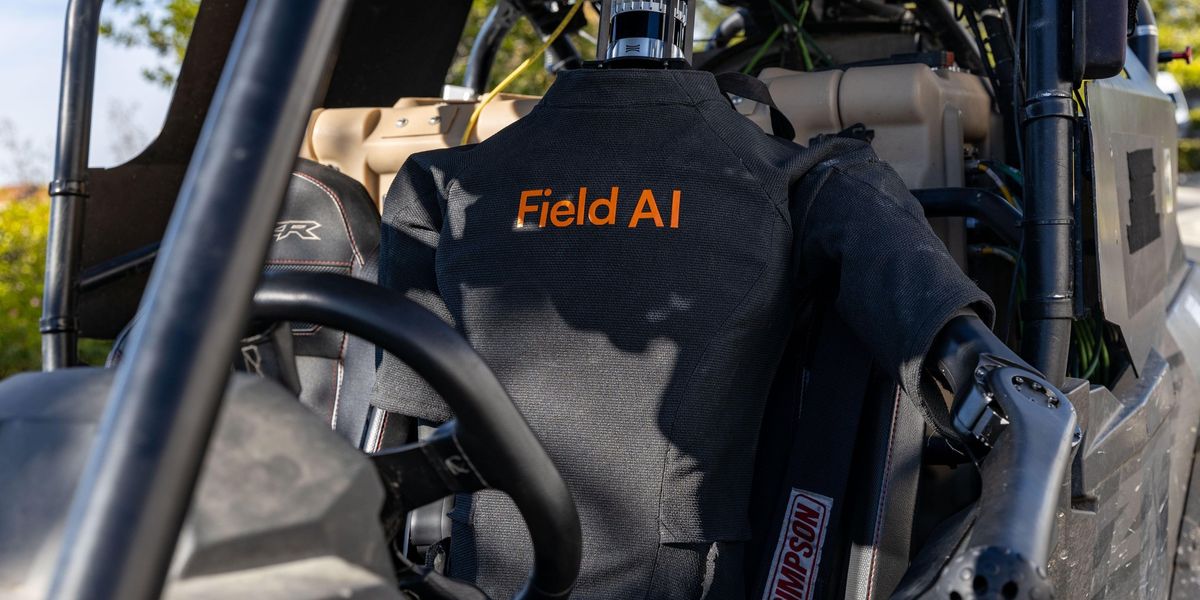How Field AI is Conquering Unstructured Autonomy

🌈 Abstract
The article discusses the challenges of practical autonomous operation in unstructured environments for robotics, and how a startup called Field AI is addressing this by leveraging the lessons learned from DARPA robotics challenges. It highlights Field AI's approach of emphasizing environmental understanding over mapping, and their development of "field foundation models" to enable robots to operate in constantly changing, unmapped environments without the need for prior training or human intervention.
🙋 Q&A
[01] Challenges of Autonomous Operation in Unstructured Environments
1. What are the key challenges that robots face in unstructured environments?
- Robots thrive on predictability, which has put restrictions on where and how they can be successfully deployed
- Unstructured environments are constantly changing, which can play havoc with robots that rely on static maps
- Robots need to be able to understand where they are, where they're going, and how to navigate the environment around them, without relying on prior models, GPS, or human intervention
2. How have DARPA robotics challenges addressed these challenges?
- The DARPA Subterranean Challenge and DARPA RACER program have pushed the development of impressive autonomous technology for navigating unstructured environments like underground spaces and off-road terrain
- These challenges have demonstrated the potential for robots to operate in unpredictable, unmapped environments without human intervention
[02] Field AI's Approach to Practical Autonomy
1. What is unique about Field AI's approach compared to other robotics companies?
- Field AI wants to enable robots to perform tasks like inspection and construction monitoring without first having a detailed map of the environment
- Their robots can adapt to changing and new environments without the need for training or human supervision
2. How does Field AI's "field foundation models" enable this capability?
- Field AI is working to create "field foundation models" of the physical world, using sensor data as input
- These models allow the robots to understand how to move in the world, rather than just where to move
- This makes the robots fast, efficient, and resilient, as real-time world modeling becomes a byproduct of their operation
3. What are the key benefits of Field AI's approach?
- Enables robots to be deployed with no training time needed, and then left to operate with minimal supervision
- Unlocks new use cases that were previously thought to be years away, such as autonomous inspection and material transport in complex, constantly changing environments
- Allows the use of more affordable robot platforms while still maintaining high levels of autonomous performance
[03] Field AI's Commercialization and Growth
1. How is Field AI commercializing its technology?
- Field AI is already expanding its capabilities, working on deploying robots for pipeline inspection and material transport in solar farms
- The company is targeting expansion to "hundreds" of sites, using a variety of robot platforms including humanoids
2. What is enabling Field AI's commercial success?
- Revenue from existing commercial operations, as well as substantial funding, including interest from Bill Gates
- The versatility of their software-based approach, which can be integrated with a wide range of robot platforms